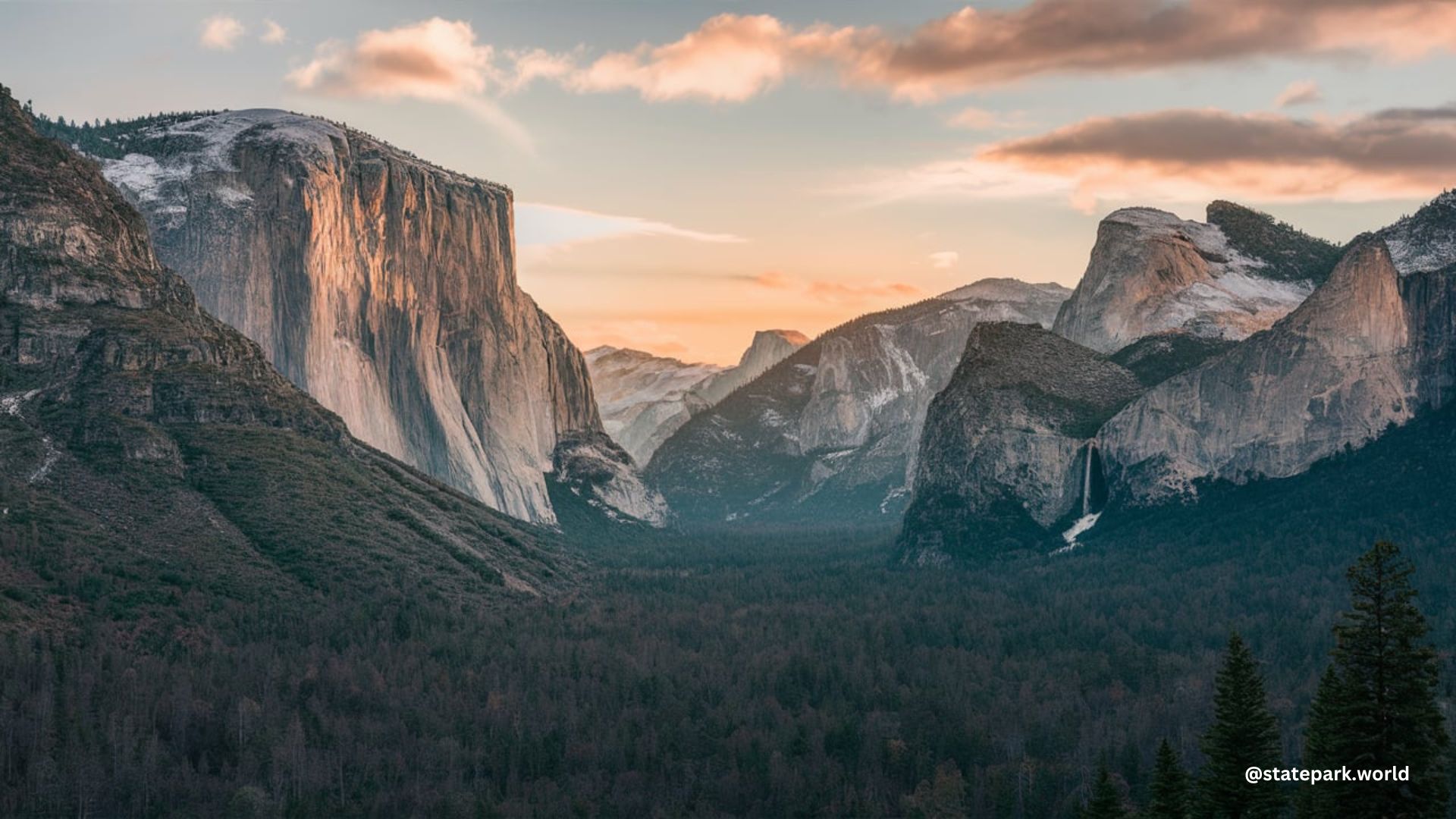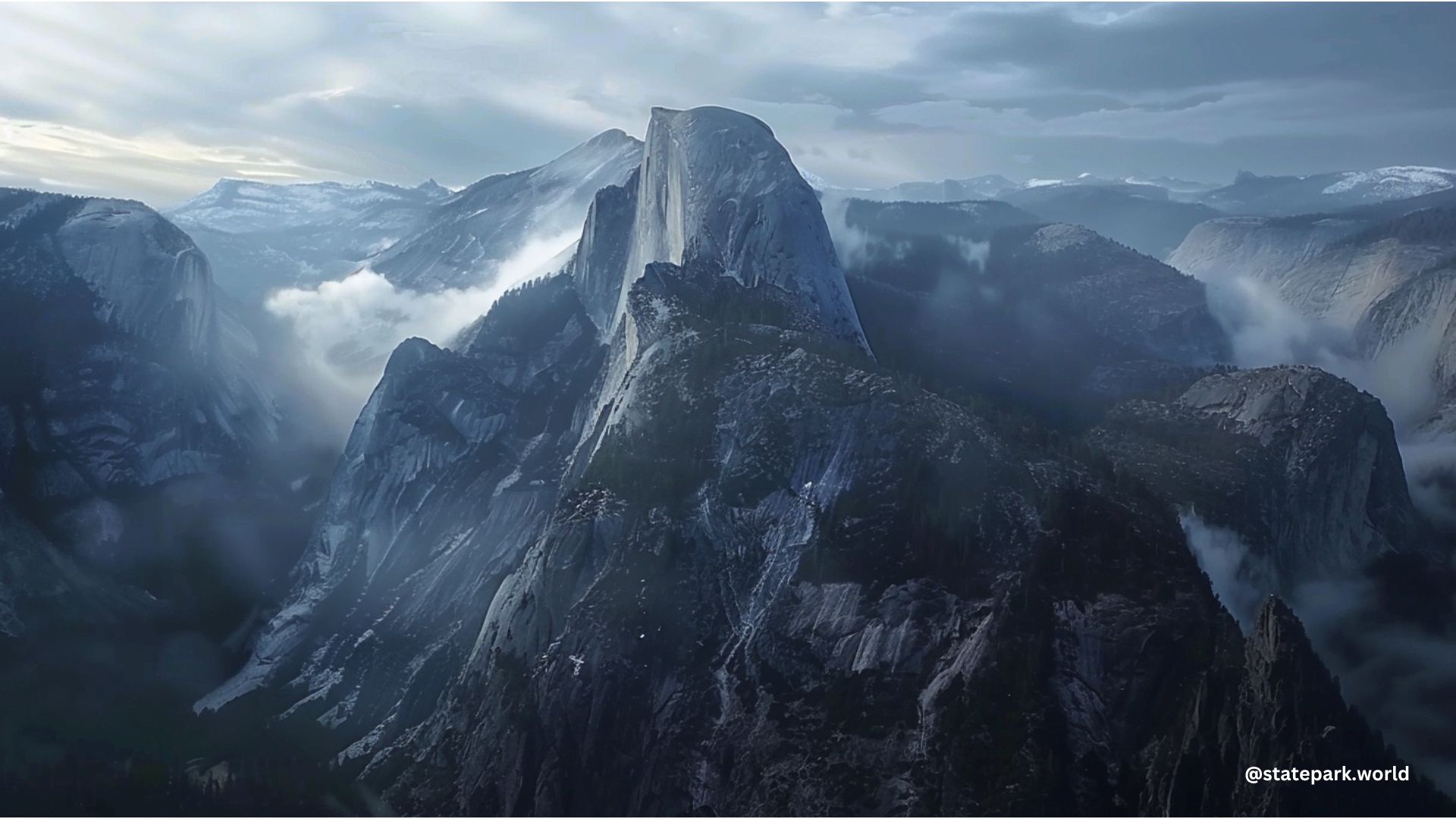Yosemite National Park is a natural wonder that boasts a diverse and captivating ecosystem. Nestled in the heart of California’s Sierra Nevada mountains, the park is home to two major biomes: the taiga biome and the temperate forest biome. These distinct ecosystems are characterized by unique flora and fauna, each adapting to the challenges of their respective environments.
The Taiga Biome: Thriving in the Freezing Winters
The taiga biome, also known as the boreal forest, is situated near the mountains of the Yosemite Valley. This biome is defined by its freezing temperatures for six months of the year, creating a harsh and unforgiving environment. Despite the extreme conditions, the taiga biome is teeming with life during the summer months.
Dominant Vegetation
The taiga biome in Yosemite is dominated by coniferous trees, such as:
- Pines
- Firs
- Spruces
- Larches
These hardy trees have adapted to the cold, snowy winters by developing thick bark and needle-like leaves that help them retain moisture and withstand the harsh conditions.
Diverse Wildlife
The taiga biome is home to a variety of wildlife that have evolved to thrive in the freezing temperatures. Some of the notable species found in this ecosystem include:
- Moose
- Caribou
- Wolves
- Lynx
- Snowshoe hares
- Ptarmigan
These animals have developed specialized adaptations, such as thick fur coats and the ability to hibernate or migrate during the winter months, to ensure their survival in the taiga biome.
The Temperate Forest Biome: A Lush and Diverse Ecosystem

In contrast to the taiga biome, the temperate forest biome in Yosemite National Park is characterized by a wet environment and is the second-most rainfall-abundant biome, after rainforests. This biome is known for its diverse array of plant and animal life, which have adapted to the changing seasons.
Vegetation Diversity
The temperate forest biome in Yosemite is home to a wide variety of plant species, including:
- Deciduous trees (e.g., oak, maple, and aspen)
- Evergreen trees (e.g., pine and fir)
- Shrubs
- Herbaceous plants
These plants have developed strategies to cope with the cold winters and hot summers, such as shedding their leaves or going dormant during the colder months.
Adaptable Wildlife
The temperate forest biome in Yosemite is teeming with a diverse array of wildlife that have adapted to the changing seasons. Some of the notable species found in this ecosystem include:
- Black bears
- Deer
- Raccoons
- Squirrels
- Woodpeckers
- Owls
These animals have developed various strategies, such as hibernation, migration, or the ability to store food, to survive the harsh winter conditions.
Yosemite’s Glaciated Landscape and Hydrologic System
In addition to its biomes, Yosemite National Park is renowned for its glaciated landscape and intricate hydrologic system. The park is a classic example of a glaciated landscape, where glaciers have carved the smooth domes of Tuolumne Meadows, the jagged high country peaks, and the dramatic walls of Yosemite Valley.
Yosemite’s hydrologic system is heavily influenced by winter snowpack, which is carefully measured at 13 different courses with records dating back to 1931. Spring floods also play a significant role in shaping the park’s landscape by scouring river channels and redistributing rock, soil, silt, and sand.
Ecological Restoration Efforts
Yosemite National Park is committed to maintaining the natural balance of its ecosystems and has completed a wide variety of ecological restoration projects over the past 20 years. These projects are designed to protect the ecosystem while still providing visitor access and enjoyment.
Some of the key restoration efforts include:
- Invasive species removal
- Habitat rehabilitation
- Watershed management
- Wildfire mitigation
These initiatives aim to preserve the delicate balance of Yosemite’s natural systems and ensure the long-term sustainability of the park’s diverse ecosystems.
Visiting Yosemite National Park
Visiting Yosemite National Park can be a truly remarkable experience, allowing visitors to immerse themselves in the park’s stunning natural beauty and diverse ecosystems. The entrance fee for the park is $35 per vehicle, $30 per motorcycle, and $20 per person for those entering on foot or by bicycle. It’s important to note that these rates are subject to change, so it’s best to confirm the current fees before planning your trip.
Whether you’re drawn to the rugged beauty of the taiga biome or the lush diversity of the temperate forest biome, Yosemite National Park offers a wealth of natural wonders to explore and appreciate. By understanding the park’s unique ecosystems and the ongoing efforts to preserve them, visitors can gain a deeper appreciation for the delicate balance of this remarkable natural treasure.
References:
– Yosemite National Park Ecosystems and Biomes
– A Nature Guide to the Yosemite National Park Ecosystem
– Natural Features and Ecosystems of Yosemite National Park
– Ecological Restoration in Yosemite National Park
– Yosemite National Park Ecosystem

